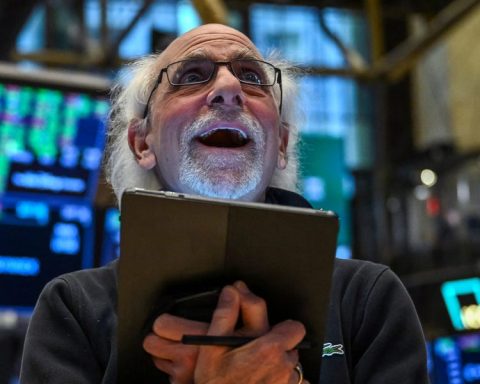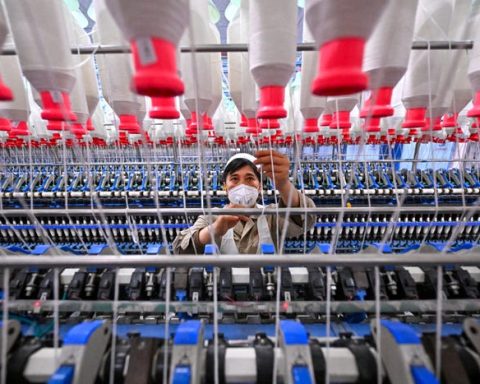Fears of economic growth are escalating, prompting markets to behave as if a recession is imminent. Major US indexes continued to post significant year-to-date losses on Thursday, with the S&P 500 declining by 1.8%. Meanwhile, bond yields have been decreasing as investors anticipate lower interest rates in response to an economic downturn. Just recently, economists had predicted that the likelihood of a recession in 2025 was negligible. Times have certainly changed.
The stock market’s optimistic outlook at the beginning of the year has been drastically altered by a surge in growth anxiety, leading to a sharp decline in investor sentiment. The S&P 500 dipped 1.8% on Thursday, marking a substantial 7% drop over multiple days. The tech-heavy Nasdaq 100 entered correction territory, falling 10% from its recent highs. Expectations for new record highs have now been overshadowed by concerns regarding a stalling US economy.
Policy decisions emanating from the White House have introduced significant uncertainty into the markets. Ongoing fluctuations in tariff policies have created chaos, and there are growing fears that an extended trade conflict could push the US economy into recession. The GDPNow Tracker from Atlanta’s Fed has undergone considerable revisions, now estimating a negative 2.4% for real GDP in the first quarter.
Here’s how recent market developments suggest investors may be reverting to a recession preparedness strategy.
US indexes are enduring a harsh sell-off as risk appetite dwindles. The S&P 500 continues its downward trajectory, reaching levels not observed since November. The index has lost nearly 7% since peaking in mid-February, erasing its entire postelection gains and entering negative territory year-to-date. The uncertainty surrounding the ramifications of President Donald Trump’s protectionist trade strategies has driven investors away from risk assets, intensifying the decline amid rising discussions of a recession and potential stagflation, characterized by sluggish growth and persistent inflation.
Thursday’s market session added to the pain, with the index dropping over 2% in the afternoon sessions, only to recover slightly after Trump announced a temporary suspension of tariffs on most goods from Canada and Mexico.
Small-cap struggles
This narrative is echoed in the performance of small-cap shares within the Russell 2000 index. Smaller firms are generally more susceptible to shifts in growth dynamics, as they tend to be more reliant on debt and possess limited cash reserves to buffer against economic downturns. The looming threat of increased import costs due to tariffs is particularly daunting for these companies, prompting industry leaders to voice concerns about the risks posed by Trump’s trade policies.
The Russell 2000 has experienced a 7% drop year-to-date, surpassing the declines seen in major indexes and is currently approximately 16% lower than its peak in November. Although some analysts warned that the small-cap rally following the election might be short-lived, there was a bullish sentiment developing in this sector last year, fueled by hopes for lower interest rates and broader market rally expectations.
While stock market sentiment may fluctuate based on abrupt changes in trade policy, experts suggest monitoring the bond market for more concrete insights into investor sentiment. US Treasurys are viewed as a safe haven amidst volatility; therefore, as bond prices rise, yields fall. The 10-year Treasury yield has dropped from its January high of 4.8% to approximately 4.2% on Thursday.
However, the influx into Treasurys could also reflect increasing expectations that the Federal Reserve will cut interest rates in a bid to stimulate the economy during a potential recession. According to CME FedWatch data, market expectations have shifted, with traders now anticipating three quarter-point rate cuts by the end of the year, a significant increase from just one cut projected about a month ago, as initial assumptions of high inflation made the Fed reticent to adjust financial conditions.
On Thursday, the 10-year yields saw a slight increase of around two basis points, as another postponement of tariffs eased some of the buying pressure.







